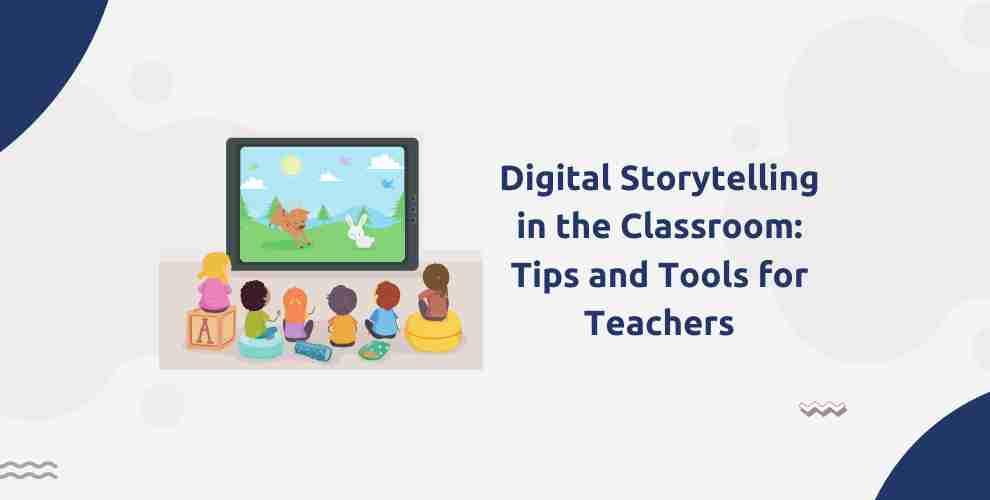How to effectively Integrate SEL into the Digital classroom: Practical strategies for Educators
In today’s rapidly evolving educational landscape, digital learning environments have become the norm.As educators adapt to teaching online,one critical element—Social-Emotional Learning (SEL)—must not be left behind. SEL fosters skills like empathy, resilience, and self-management, which are crucial for both academic and personal success.But how can teachers integrate SEL into the digital classroom in purposeful and engaging ways? In this comprehensive guide, we’ll uncover practical SEL strategies for online learning that empower both educators and students in virtual settings.
What is Social-Emotional Learning (SEL) and Why is it Crucial in a Digital Classroom?
Social-Emotional Learning (SEL) is the process of acquiring and applying the knowledge, attitudes, and skills necessary to understand and manage emotions, set and achieve positive goals, show empathy, establish healthy relationships, and make responsible decisions. In a digital classroom, students face unique challenges—reduced face-to-face interaction, increased screen time, and unfamiliar online platforms. This can lead to feelings of isolation, anxiety, or disengagement.
- Builds resilience: Helps students adapt to new learning environments and overcome setbacks.
- Enhances engagement: Fosters a sense of belonging, motivation, and participation in virtual lessons.
- Promotes digital citizenship: Encourages respectful and responsible online interactions.
benefits of Integrating SEL into Online Learning Environments
Infusing SEL into digital classrooms goes beyond just addressing emotional needs—it actively improves learning outcomes and classroom dynamics. Here are the key advantages:
- Higher academic achievement: Students wiht strong SEL skills perform better academically.
- Improved classroom culture: Virtual classrooms become supportive,inclusive,and safe learning spaces.
- Increased student engagement: SEL-driven lessons capture attention and maintain student motivation.
- Better conflict resolution: Students learn to manage online disagreements constructively.
- Emotional regulation: Reduces teacher and student stress, paving the way for a positive online learning experience.
Practical Strategies to integrate SEL into the Digital Classroom
Successfully integrating SEL into your virtual classroom requires intention, creativity, and consistency. Here are research-backed, practical SEL strategies for educators teaching online:
1. Start the Day with Emotional Check-Ins
-
Use swift polls, emojis, or “temperature checks” at the beginning of each class.
Example: “How are you feeling today? Drop an emoji in the chat.” -
Create a safe space for students to share their thoughts, feelings, and concerns.
2. Incorporate Mindfulness and Brain Breaks
-
Integrate short breathing exercises, movement breaks, or guided meditations into your schedule.
-
Use online tools or videos to facilitate relaxing transitions between lessons.
3. Foster Collaborative learning and Relationship Skills
-
Pair students in virtual breakout rooms for group projects or peer discussions.
-
Establish guidelines for respectful interaction, active listening, and digital etiquette.
-
Encourage teamwork with shared digital whiteboards and collaborative documents.
4. Utilize Digital Journals and Reflection Activities
-
Ask students to keep digital journals to process their feelings, set goals, or reflect on challenges.
-
Prompt reflection with questions like, “What did you learn about yourself this week?”
5. Integrate SEL Competencies into Your Curriculum
-
Align lesson objectives with core SEL competencies: self-awareness, self-management, social awareness, relationship skills, and responsible decision-making.
-
Use literature, history, or real-world scenarios to spark conversations about empathy, ethics, and collaboration.
6. Leverage Technology for SEL Engagement
-
Implement interactive SEL apps and platforms (like Flipgrid, Padlet, or Nearpod) for engagement, sharing, and feedback.
-
Use video messages or scheduled one-on-one “virtual office hours” for personalized teacher-student interactions.
7. Offer Positive Reinforcement and Celebrate Achievements
-
Recognize student efforts with virtual badges, certificates, or shout-outs during live sessions.
-
Share success stories that highlight SEL outcomes, such as improved teamwork or acts of kindness.
Case Study: SEL Integration in an Elementary Digital Classroom
Mrs. Torres, a 4th-grade teacher, wanted to boost her students’ sense of community while teaching fully online. She began every lesson with a “Feelings Circle”, giving everyone a chance to check in via the chat. Every week, she hosted a virtual “Gratitude Wall” using padlet, allowing students to post kind notes and celebrate each other’s achievements. Over the semester, Mrs. Torres noted a marked improvement in her students’ connection, resilience, and willingness to participate—even shy students found their voice in group activities.
Key Takeaways:
- SEL doesn’t require complex resources—simplicity and consistency are key.
- Frequent, informal SEL activities build trust and engagement in virtual settings.
- Student-driven initiatives can amplify the impact of digital SEL programs.
Tips for Overcoming Common Challenges in Digital SEL
Integrating SEL in virtual classrooms comes with hurdles,but with the right approach,each can be addressed effectively:
- Limited face-to-face interaction: Foster connections through regular live check-ins,video messages,and collaborative projects.
- Engagement fatigue: Vary activities with games, polls, and interactive SEL tools; keep sessions concise and focused.
- Tech barriers: Offer support for navigating digital platforms and ensure activities are accessible on various devices.
- Maintaining privacy: Use secure platforms and set clear guidelines for respectful, confidential sharing.
WordPress CSS Enhancements for SEL Article Presentation
To make your content visually engaging, consider these WordPress and CSS tweaks:
- Highlight Key Points: Use
blockquoteor.highlightclasses in CSS to draw attention to important SEL strategies. - Custom Lists: Style your bullet points for emphasis—try custom icons or colored circles for action items and benefits.
- interactive Elements: embed polls, forms, or reflection journals using plugins to encourage active participation.
conclusion: Empowering Students for Success in a Digital World
Integrating SEL into the digital classroom isn’t just a trend—it’s an essential component for nurturing well-rounded,resilient students.By prioritizing social-emotional learning in online education, educators can foster deeper connections, boost academic performance, and create supportive virtual communities. Start small, be consistent, and watch your students thrive both academically and emotionally in the digital age.
Ready to take the next step? Explore more SEL resources for virtual teaching and begin weaving practical SEL strategies into your daily lessons—your students will thank you.

